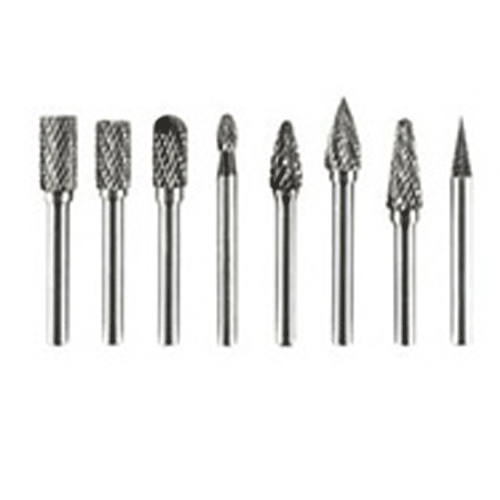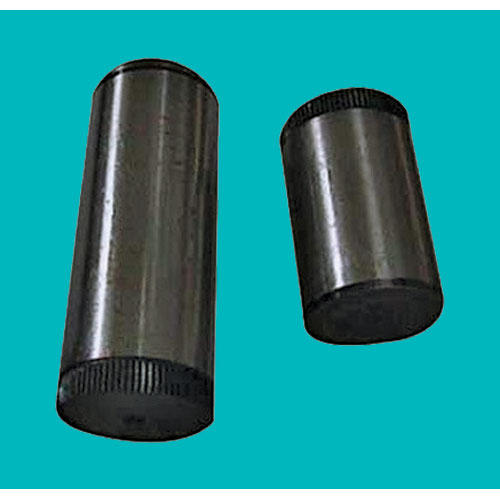Schedule a Call Back
Factors driving predictive maintenance needs in process industries
 Industry News
Industry News- Oct 29,21

Revenues associated with predictive maintenance are growing exponentially. Projected to hit a valuation of nearly $ 1 billion by 2024, growth in the market for predictive maintenance hardware and software in motor driven systems is fueled by the emergence of smart sensing, its dedicated software, and the new business models which have emerged to support this technology. Legacy condition monitoring systems along with portable monitoring devices have paved the way for this rapid growth, and while these systems and devices will still be used to a large degree, their limitations in terms of affordability and accessibility have pushed smart sensing to the forefront of predictive maintenance solutions.
Figure 1 shows the extent to which revenues in this market are being driven by emerging predictive maintenance technology i.e. smart sensors, dedicated software, and dedicated gateways. Note that the term “dedicated†is used to describe a product designed explicitly to aid in performing predictive maintenance for motor driven applications; more general-purpose analytics software is excluded from our scope.
What are smart sensors?
Smart sensors are a fairly new technology that are placed on equipment to gather various data points, most commonly vibration and temperature measurements. Smart sensors then transmit this information wirelessly to a data collector or gateway. When analysed, this data is particularly useful for assessing the health of equipment as usually the level of vibration and temperature increases as equipment becomes faulty.
The price point which smart sensors are being offered make them a particularly attractive solution. Most smart sensors utilize a capacitive MEMS sensor to take readings. These types of sensors are commonly found in consumer electronics and, having achieved economies of scale in these applications, have in effect enabled the smart sensor concept for industrial applications. The result is a product with a low price point which allows its users to cost-effectively expand the amount of equipment monitored in their facilities.
How is this different from condition monitoring?
Condition monitoring technologies like portable monitoring devices and hard-wired sensors, have been used for years in process industries such as oil & gas, chemicals & pharmaceuticals, etc. These solutions tend to be very expensive and are limited in terms of the types of equipment they can monitor. One notable issue is the accessibility of the equipment. The harder it is to reach certain equipment, the less likely it is to be actively monitored. The reason this technology has been adopted more heavily in process industries is that these industries have a higher vested interest in preventing the failure of certain equipment as it could represent the complete loss of a batch being manufactured. This type of failure often results in a significant financial loss.
In a traditional condition monitoring system, very little effort is made to determine when equipment will fail, instead relying on set parameters to determine when an asset is at risk of failing. The problem with this approach is that it limits the number of applications which can be monitored. If parameters must be set for an alarm to be triggered, those parameters must be well understood. This decreases the reliability of these systems in applications that are not well understood.
For predictive maintenance to be performed, a level of intelligence must exist somewhere in the plant infrastructure, whether in the form of software, hardware or even application expertise by an experienced operator. A historical log of how the equipment being measured has performed must be utilised to assess if it is trending towards a failure. Increasingly, machine learning algorithms are being utilised to enhance the understanding of the application being measured. This technology utilises the historical data produced by the smart sensor to better understand and recognise patterns.
Having an automated solution for pattern recognition allows for quicker and more reliable detection of anomalies within the data. This not only expands the number of applications able to be monitored beyond just well understood ones, it also increases the amount of time operation managers have to resolve a piece of equipment that is trending towards failure. We are increasingly seeing machine learning algorithms utilised in software, and in some rare cases, the hardware. In these rare cases, embedded machine learning takes place on the smart sensor itself to determine what data is relevant before transmitting that data to the software for deeper analysis. We see this latter point as an important future trend for smart sensors.
It is important to note that there is a symbiotic relationship between hardware used for predictive maintenance and hardware used for condition monitoring. As mentioned earlier, an operator of a portable monitoring device with application expertise could perform predictive maintenance on a piece of equipment given he or she has a historical record of how it has performed. Therefore, in our forecast, we are still projecting growth of these devices in the high single digits. Since the resolution of data produced by these devices is often much higher than what smart sensors can currently produce, our view is that these devices are complimentary to smart sensors and not competitive.
Key driver: A push for the realisation of digitalization and IIOT
The most important trend impacting industrial automation is the digitalization of these systems and the equipment within. Over the last 6-7 years, remarkable breakthroughs in technologies that help improve plant efficiency, productivity and reliability have been developed, although uptake so far has been challenging due to the cautious nature of end users when it comes to adopting new technologies.
Automation vendors continue to push a narrative highlighting the immense amount of data housed in the equipment used by manufacturers, and the potential value of the insight that can be generated from this data. This concept is known as the “Industrial Internet of Things†(IIoT). You are likely familiar with this term as it has been a focal point of marketing for most automation vendors recently. While these vendors have released software and services aimed at harnessing the benefits of IIoT, it is clear that in order to make use of these solutions, a substantial increase in the number of connected devices is needed. Smart sensors represent an important piece of this puzzle. Since the advent of smart sensors, major automation vendors like ABB, Siemens, WEG, and Nidec have all released their own versions, presumably recognising the enabling behaviour of this technology. We expect this trend to continue as the product is desperately needed in order for manufacturers to begin generating tangible benefits from IIoT technology.
Final thoughts
Predictive maintenance is a low hanging fruit in the IIoT space – perhaps the lowest hanging fruit. Vendors of smart sensors are already seeing their businesses doubling or tripling year over year and we have barely scratched the service in terms of the scale of opportunity. Now is the time to become familiar with this market as it is rapidly developing and the impact it will have spans across nearly all manufacturing technologies.
About Author:
Blake Griffin is the Senior Analyst at Interact Analysis. He is an expert in automation systems, industrial digitalization, and off highway-electrification. Since joining Interact Analysis in 2017, he has written in-depth reports on the markets for low voltage AC motor drives, predictive maintenance, and mobile hydraulics.
Related Stories

Bharat Forge and Agile Robots sign MoU to Advance AI-Led Industrial Automation
The MoU brings together Bharat Forge’s manufacturing expertise and Germany-based Agile Robots’ AI-led robotics capabilities to accelerate intelligent automation across key civilian industrial se..
Read more
How is AI shaping the future of cement milling?
AI is transforming cement milling by enabling dynamic, data-driven control that improves energy efficiency, stabilises throughput and enhances asset reliability. By leveraging real-time data, predic..
Read more
Firstsource Named Leader in Banking Operations by Everest Group
Recognition highlights GenAI-led banking operations expertise
Read moreRelated Products

Carbide Burrs
SRT Industrial Tools & Equipments offers a wide range of carbide burrs.

Jamshedji Soil Compactor
Jamshedji Constro Equip Pvt Ltd offers a wide range of jamshedji soil compactor.

Ground Pins
Hans Machineries Private Limited offers a wide range of pins, hardened & ground. Read more















